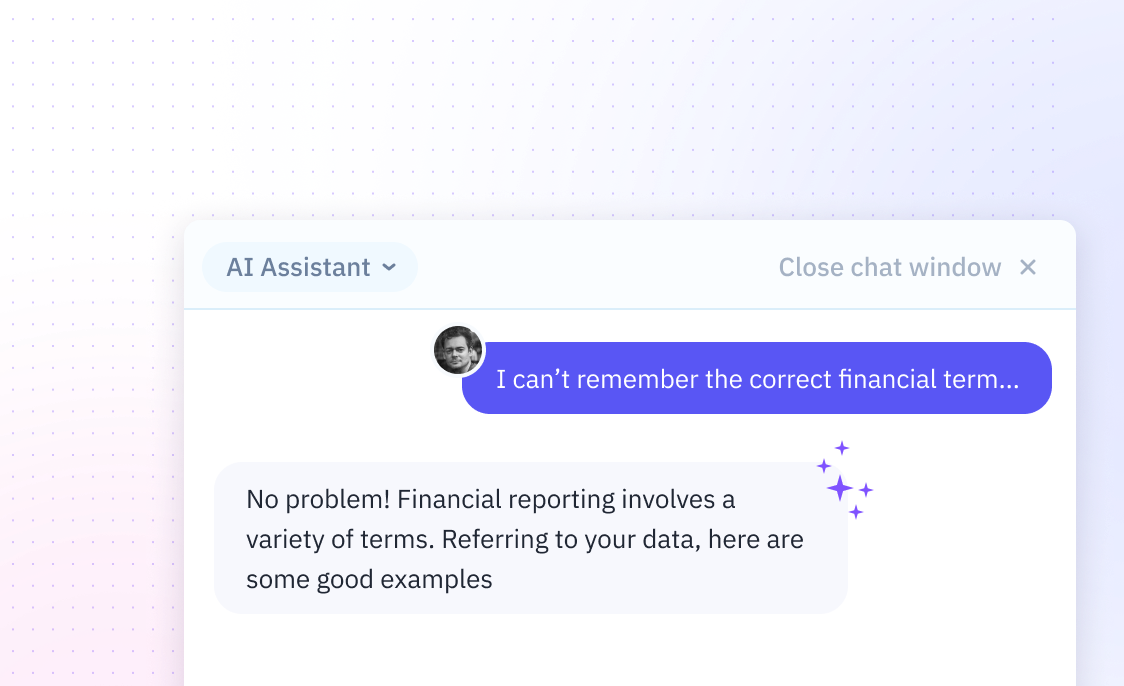
How To Make Sheet Name Dynamic In Excel
Introduction
Discover the steps to create dynamic sheet names in Excel, enhancing your spreadsheets' flexibility and organization. Dynamic sheet names help automate and streamline your workflow by updating sheet titles based on your data.
While Excel requires complex functions and manual setup for dynamic sheet naming, we'll explore how Sourcetable's AI chatbot simplifies spreadsheet tasks by letting you create, analyze, and visualize data through natural conversation. Sign up for Sourcetable to experience a faster, easier way to handle any spreadsheet challenge.
How to Make Sheet Names Dynamic in Excel
Using INDIRECT Function
The INDIRECT function creates dynamic sheet references in Excel formulas. Use the format =INDIRECT("'"&A1&"'!B2") where A1 contains the sheet name and B2 is the target cell. INDIRECT evaluates text as worksheet references and can build formulas through concatenation.
Using TEXT Function for Date-Based Names
The TEXT function formats dates for dynamic worksheet names. Use =TEXT(Sheet4!A1,"ddd mm-dd") to create names like "Sat 10-01". The function requires two arguments: the value to format and the format pattern.
Implementing with VBA
VBA enables automated sheet name updates through macros. Use Workbook and Worksheet objects to manipulate sheets programmatically. The Range property selects cells, while the Value property gets or sets cell values for dynamic naming.
Best Practices
Store source values for sheet names in a dedicated worksheet (e.g., Sheet4). Use INDIRECT to avoid manually updating sheet references when copying formulas. Run macros after updating source information to ensure name synchronization.
Dynamic Excel Sheet Name Use Cases
Automatic Sheet Organization Based on Cell Values
Keep your workbooks organized by having sheet names automatically update based on key data points in your cells. This eliminates manual renaming and ensures consistency across your spreadsheets.
Monthly and Annual Report Template Management
Create report templates that automatically adjust sheet names to reflect current time periods. This is particularly useful for recurring reports where sheet names need to match reporting periods without manual intervention.
Personalized Budget Plan Distribution
Generate individual worksheet tabs that automatically name themselves based on participant information. This allows for efficient distribution of personalized budget plans while maintaining a standardized template structure.
Dynamic Project Data Forms
Configure worksheets to automatically rename themselves based on project codes or names. This ensures that data input forms always reflect the correct project information and maintains clear organization across multiple projects.
Version Control Through Dynamic Dating
Implement automatic version tracking by having sheet names update with the latest edit date. This creates a clear audit trail and helps teams keep track of the most current versions of their worksheets.
Excel vs. Sourcetable: Revolutionizing Spreadsheets with AI
While Excel has been the go-to spreadsheet software for decades, Sourcetable represents the next evolution in data analysis. This AI-powered spreadsheet platform transforms complex data tasks into simple conversations, eliminating the need to master Excel functions or features. Simply upload your data or connect your database, then tell Sourcetable's AI chatbot what you want to analyze, and it handles everything else. Try Sourcetable at app.sourcetable.com to answer any spreadsheet question instantly.
Natural Language Data Analysis
Sourcetable replaces Excel's complex function-based approach with conversational AI. Users simply chat with Sourcetable's AI to analyze data, create visualizations, and generate reports, making data analysis accessible to everyone.
Effortless Data Processing
Unlike Excel's size limitations and manual processing requirements, Sourcetable handles files of any size and connects directly to databases. The AI automatically processes and analyzes data based on your conversational requests.
Automated Visualization
While Excel requires manual chart creation and formatting, Sourcetable's AI instantly generates stunning visualizations based on your data and requirements through simple chat commands.
Instant Spreadsheet Creation
Instead of building spreadsheets from scratch in Excel, Sourcetable's AI can generate entire spreadsheets, complete with sample data and analysis, based on your conversational input.
Frequently Asked Questions
How can I create a dynamic sheet name in Excel?
There are two main methods: 1) Using a macro that renames the sheet using the Format function based on values from another sheet, or 2) Using the INDIRECT function to create formulas that reference dynamic sheet names.
How do I use the INDIRECT function for dynamic sheet references?
Use the INDIRECT function by concatenating the sheet name with the cell reference. For example, the formula =INDIRECT(B6&"!A1") will create a reference to cell A1 in the sheet named in cell B6.
What are the capabilities of using INDIRECT for dynamic sheet names?
The INDIRECT function can be used to: create lookup formulas with variable sheet names, sum across multiple worksheets with criteria, create dynamic workbook references, and get only the sheet name.
Conclusion
Dynamic sheet names in Excel require precise formulas and careful implementation. Properly setting up these references can be complex for Excel users of all skill levels.
For an easier solution, try Sourcetable. This AI-powered spreadsheet platform eliminates the complexity of Excel formulas. Get instant answers about sheet names and other spreadsheet questions through the built-in AI chatbot.
Start simplifying your spreadsheet work today with Sourcetable today.






